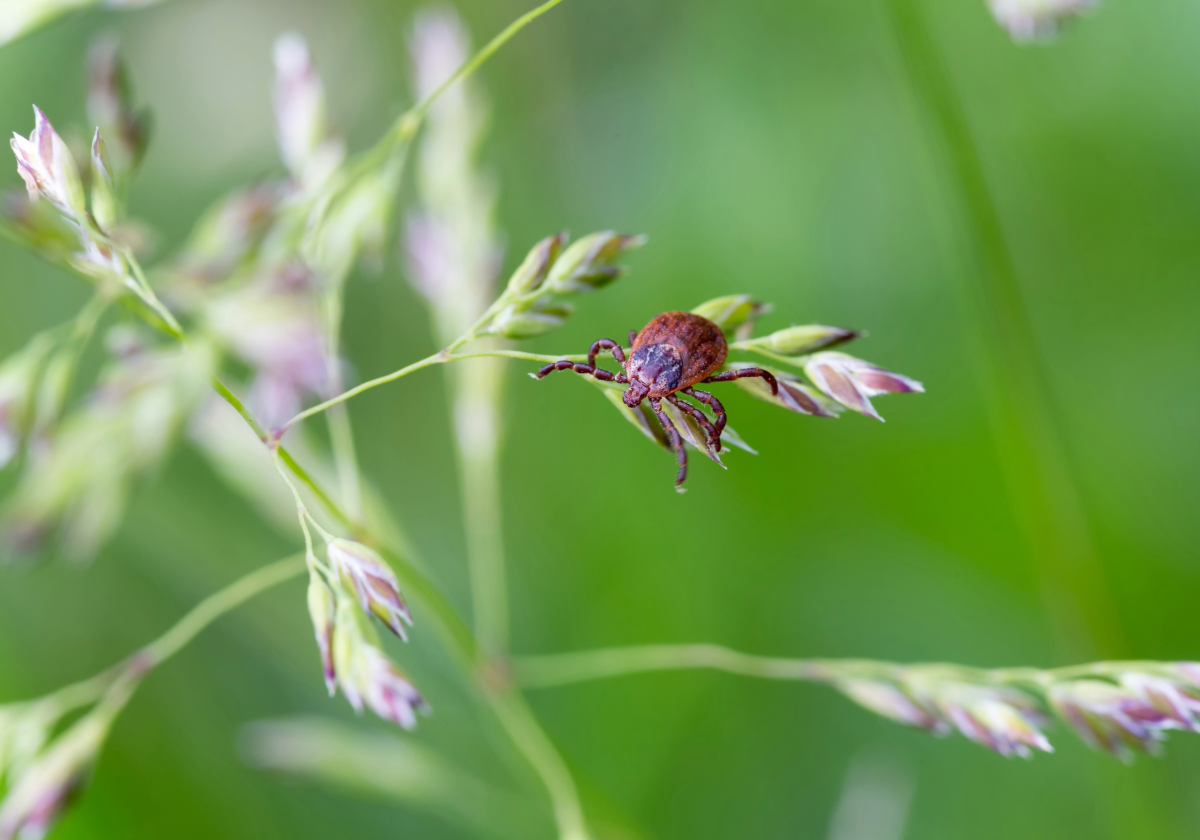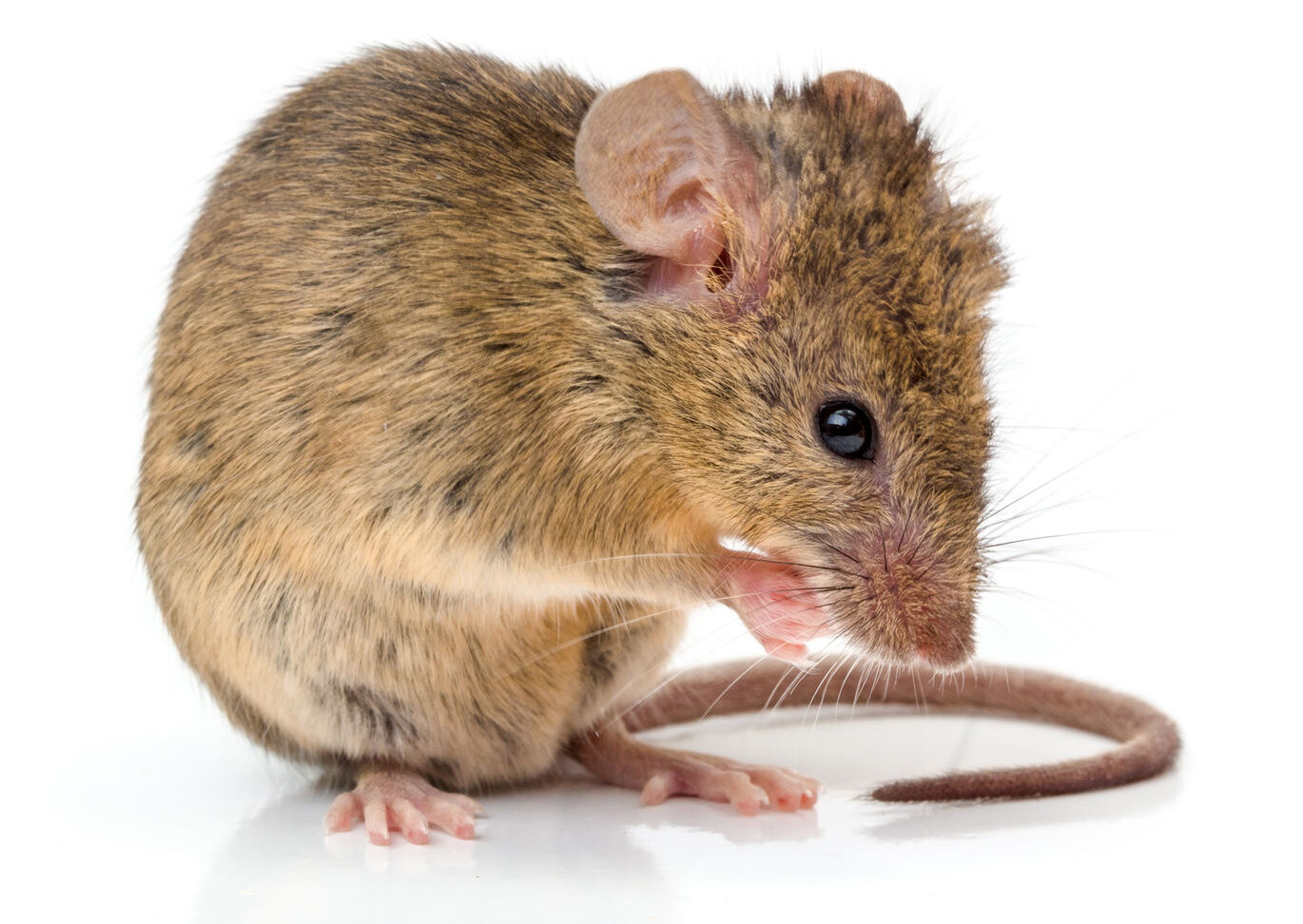When my sister and I were kids, we would spend a summer afternoon looking for ladybugs. It was supposedly good luck to have one land on you; and if we were so fortunate as to have that happen, we would both screech in delight and gently cup our hands around it taking turns peeking through our fingers before opening them back up and letting the ladybug fly away to bestow her good fortune on another little girl.
It is possible that the ladybugs that we so admired as children are not even ladybugs at all. In the early part of the 1900’s, the multicolored Asian beetle was brought to this country courtesy of the U.S. Department of Agriculture to combat the agricultural pests that the Asian beetle feeds on. It might have been a good plan if this invasive species hadn’t found its way across the entire country eating not only the crop-destroying pests they intended but greatly reducing the population of actual ladybugs native to the U.S.
The lady bug and the Asian beetle are alike enough that you may not know the difference between the two at first. They are similar in both shape and size. It is usually only their coloring that is not the same. Where the lucky ladybug sports their bright red body with black spots that we have all come to know and love, the multi-colored Asian beetle ranges from tan to orange as well as red. The females generally have the spots that remind us of the ladybug.
One of the biggest differences between these two is temperature. When winter comes ladybugs can be found holed up outside and in the crevices of walls or rocks or even under the bark of a tree. The Asian beetle will be the ones who have invaded your home looking for a nice warm wall to stay in for the winter months. Ladybugs have taken the wrap for that a lot in recent years, but as the Asian beetle has spread, so has this habit of overwintering.
The Asian beetle isn’t dangerous, and an infestation won’t necessarily do damage to your home. However, having the Asian beetle as a houseguest can be trying to a homeowner, especially when they show up by the hundreds. Over the winter, some of these beetles will die off leaving behind bodies that are nothing but food for other pests to hone in on. The other problem could be that on a warm, sunny day some of these pests find themselves in your living room at the window thinking they are trying to find a way out. Asian beetles that are distressed will leave behind yellow stains on your windows, curtains, and furniture.
The fact is, if you have multi-color Asian beetles in your home, there is a good chance that they are not the only pest to have found a way in. If you give us a call at Adam’s Pest Control we can come and inspect your home, and our team can tell you what is living in your home besides your family. After an assessment, we can help you eliminate any infestation you have and help keep your childhood memories intact of searching for ladybugs in the backyard.




